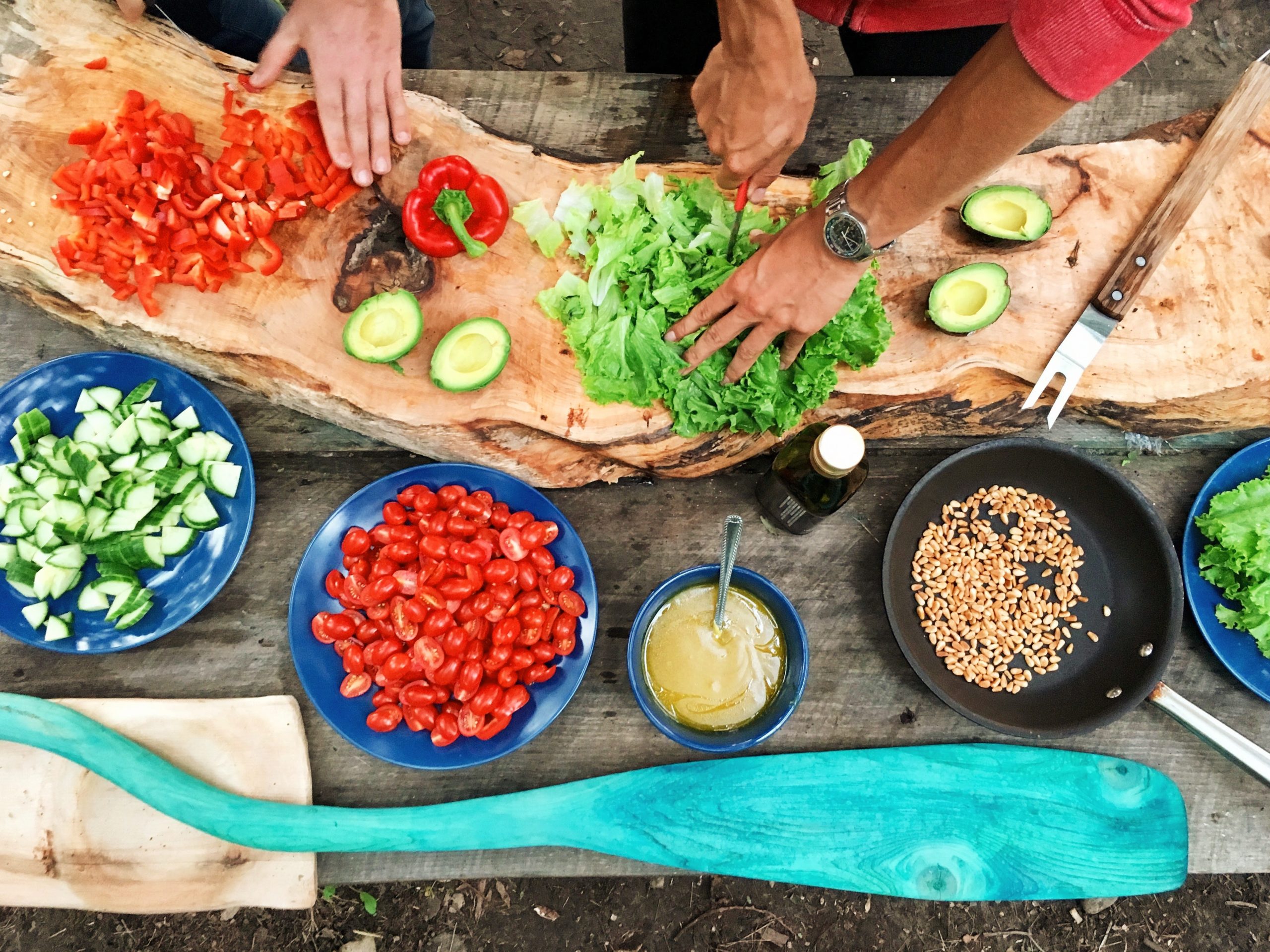As restaurants re-open their doors to welcome guests back into their dining rooms, many are struggling with idea of generating profit amid the challenges of low sales volume and an increase in expenses. Restaurants are suddenly being asked to do more with less as city and state regulations necessitate an increase in spending on cleaning supplies, single-use menus, portion-sized condiments, disposable cutlery and personal protective equipment (PPE). Additionally, the sudden increase in demand for off-premises meals means rising spending on disposables and carry-out materials as well as decreasing margins as operators pay 3rd party delivery service fees. So… just how is an operator expected to turn a profit all while reducing restaurant costs during COVID?
One key factor will be how well the operator gets creative about reducing and offsetting their costs. One of the simplest things that restaurants can do maximize their cost savings potential is join a Group Purchasing Organization or, if they are already a GPO member, optimize their use of GPO savings that are available to them. GPOs like Consolidated Concepts offer optimization services that can compare a restaurant’s purchases to their GPO contracts to find new products on which to save and earn rebates. Easily-swappable, non-emotional items such as garbage can liners, gloves, frozen chicken breasts, and pepper can be subbed out and help operators earn additional rebates, which equate to cash back to the restaurant’s bottom line. Additionally, many manufacturers are currently offering special pricing to GPO members on items that are in high-demand, such as disposables, portion control packs, and grab-and-go items.

GPO savings don’t begin and end in the kitchen. Consolidated Concepts’s “Beyond Broadline” programs offer a wide variety of savings opportunities on non-food expenses such as uniforms from Chefworks, DirecTV packages, Skechers footwear, equipment suppliers, paint retailers and technologies like credit card processing, 3rd party order consolidation, and telephone services. All of these programs carry exclusive pricing for GPO members that restaurants would not otherwise have access to and are crucial expenses to trim back in order to offset the costs of other materials and services.
Labor utilization is also a key factor in controlling restaurant costs. Given the nature of Paycheck Protection Program loans, it makes sense for operators to think about their employees and hires as ‘full time staff members’ as opposed to individual positions such as ‘line cook’ or ‘server’. Restaurant staff should be expected to serve multiple functions: line cooks may also perform expediting duties and help sanitize areas of the restaurant, servers may also help stock the walk-in and take phone orders, and managers may perform duties such as washing dishes and helping to re-paint parts of the restaurant space. These expectations should be clearly communicated to employees and should even be signed-off on so that staff members understand that for a certain period of time, their duties will extend beyond the confines of ‘normal’ restaurant roles.
Cross-utilization certainly applies to ingredients as well as team members. Successful restaurants will take the opportunity to re-tool their menus to focus on the biggest revenue-generating items and remove those that are adding unnecessary costs. Menu items that utilize a lot of ingredients whose sole use is for that one dish should be carefully considered as food costs should be kept to an absolute minimum and food waste must be essentially eliminated in order to focus on profitability.
Lastly, if there is one thing that restaurants should be investing in, it is technology. This is the perfect time for restaurants to spend some of their loan money upfront to improve their processes for ordering food, tracking recipe costs and inventory, integrating with POS systems and managing cashless payments – all of which will result in better cost controls down the line.
There is now doubt that 2020 is going to be a tough year for every restaurant in the industry, but it is also a year for restaurants to focus on being smart, agile and lean. Those operators who keep their focus on their bottom lines – controlling costs and maximizing profits and reducing restaurant costs during COVID – are going to be the ones that not only survive, but capitalize on the available market share from those that ultimately wind up closing down. Questions or concerns? Contact us today.



